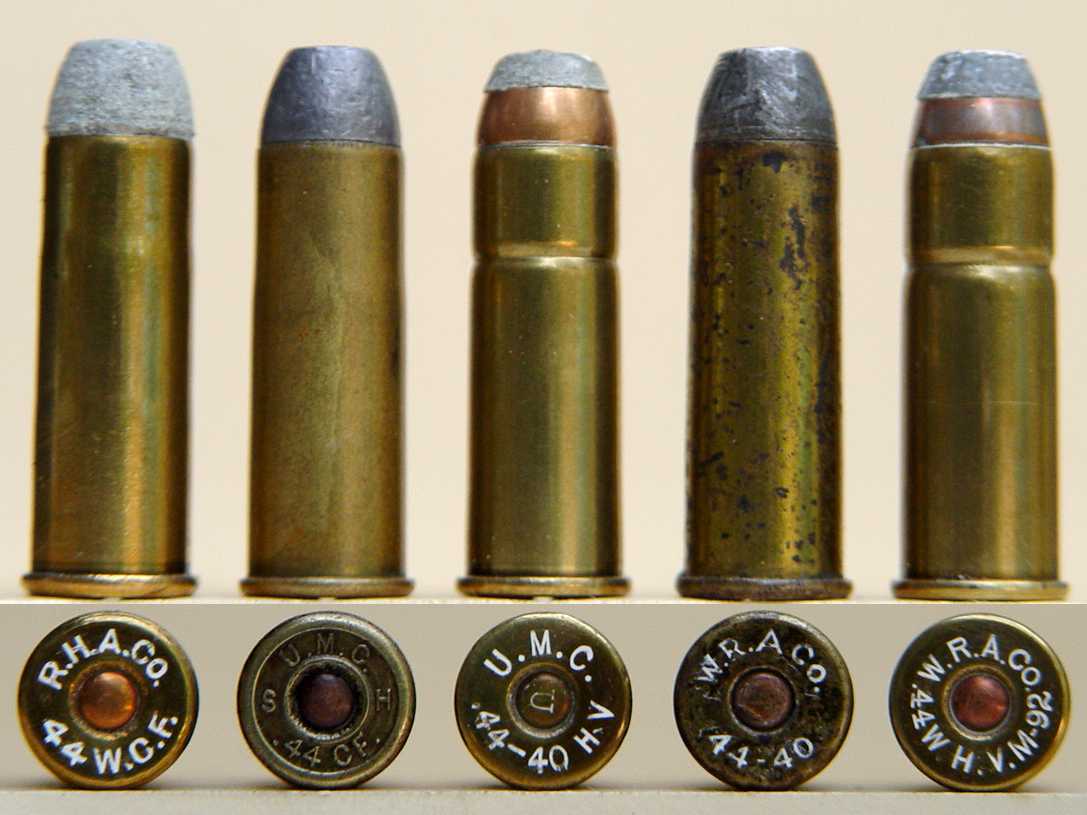"15 grains of smokeless in .44 WCF might be Sharpshooter. I don't see one in Sharpe that would fit a 12 grain load."
I think you're correct that it is very likely Sharpshooter.
Sharpshooter was one of the early smokeless powders, introduced around 1897 by the Laflin & Rand powder company. Du Pont then produced it when it purchased controlling interest in L&R around 1902.
In 1912 the Du Pont monopoly was broken up and Sharpshooter went to the new company, Hercules, who produced it until the late 1940s or early 1950s.
Sharpshooters was a very useful powder for bridging between the old blackpowder cartridges and the new smokeless cartridges. Many older cans of Sharpshooter have loading information for rounds like the .44-40 and .45-70.
There's a picture of such a can in this thread at Cast Boolits (no information for .44-40, though):
http://castboolits.gunloads.com/showthread.php?260726-Mystery-Powder-from-Rem-UMC-32-40.
The biggest problem with Sharpshooter (in its earliest iterations) was that it was 40% nitroglycerin, which meant that it burned hotter than all hell, and as such, was known for being very hard on early black powder barrels.
Later formulations dropped the amount of nitro, making it a bit friendlier.
In doing some reading on it, it would appear that its closest ballistic cousin today is 2400.
"Corrosive powder? There is corrosive smokeless powder?"
In the dawn of the smokeless powder era there were hundreds, if not thousands, of different formulations being tried by manufacturers. In some cases these formulas would leave residue that was mildly corrosive in its own right.
One example of this kind of powder was the California Powder Work's Peyton Powder, which incorporated ammonium picrate (picric acid/ammonia compound) into the formula. Ammonium picrate and its combustion products are mildly hygroscopic, which makes it corrosive.
There was another early powder, Goldenrod, that was also known to be hygroscopic. It quickly fell from favor because the powder smoke tended to dye clothing and skin a bright yellow if it blew back on the shooter.
As I understand it, the early bulk replacement smokeless powders which were designed to replace black powder volume for volume were also known for leaving mildly corrosive residue.
As far as I know, none of these powders have been manufactured in decades.
Not to mention, the corrosive effects of the chemicals in the powder were minuscule compared to the corrosive primers then in use.






